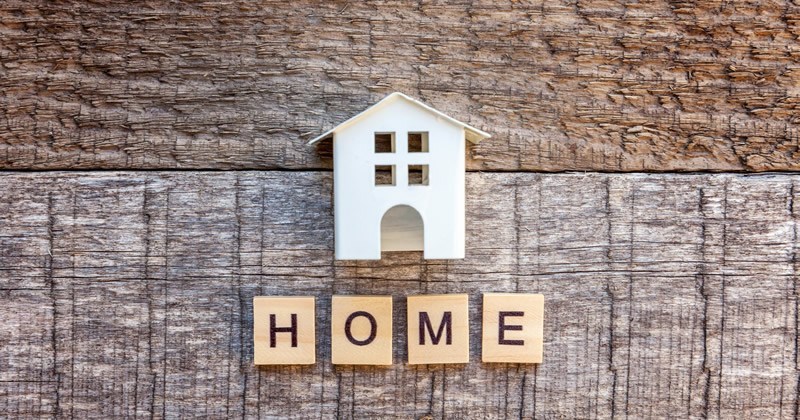Do you live in a house in energy class G (the lowest), whose energy performance is not performing and, consequently, the consumption (and bills) are high? There is good news because you can improve your class with home energy requalification from G to A.
Changing the energy class is possible and investments do not necessarily have to be expensive. These expenses, however, are an investment for the future as they allow, in the long run, to reduce consumption (the return of the expenditure incurred occurs within a few years, generally from 5 to 10 years) and increase the economic value of the house in which you live.
And not only that: the quality of your life and environmental comfort are also growing. Improving the efficiency of the home means controlling the amount of energy consumed. Where to start home energy requalification? First of all it is important to know what the index of your house is.
Let’s get started! Once the class and consumption have been defined, it is possible to start the home energy requalification steps …
1 – Insulate the building
With a building insulation we mean those construction parts that separate the interior from the exterior, therefore floors, walls, windows. If they do not retain the heat sufficiently, it is necessary to intervene and improve their performance by replacing more insulating elements.
The older buildings very often, in fact, have materials with a high thermal transmittance, therefore with poor thermal insulation. Do you know that windows are among the main causes of heat loss? If the window is old, it becomes necessary to change it with a new one (check the thermal insulation performance which also varies according to the materials or material with which they were made).
Once the windows are changed, you move on to the fixtures: you can replace the single ones with more modern ones, with double or triple glazing. On the walls, on the other hand, you can apply external insulation; finally, to insulate the false ceiling, it is possible to install a mechanization system for the area and vents for natural ventilation of the rooms.
2 – Replace with more performing systems
Speaking of plants, it is advisable to replace the old ones with others characterized by more performing technologies. In particular, the plants that affect energy efficiency are those for heating, cooling and hot water production. If the boiler is in a bad state, it is necessary to replace it with a modern high efficiency model, for example gas, condensing or, better, biomass or even with a heat pump.
For heating or cooling your home, you can choose a low temperature system, for example with radiant panels, which allows you to reduce energy consumption. The cost will be greater (about 30% more) than traditional systems, but the distribution of heat or cold will be more homogeneous and you will not have dispersion.
These ensure the production of energy necessary for daily activities. If, moreover, the photovoltaic is integrated with a storage battery system, the energy produced can also be used in the evening, for example to illuminate the rooms. If there is soil or groundwater available near the house, you can also add geothermal heat pumps that bring energy from low temperature sources to the rooms of the house at a higher temperature, ensuring domestic heating.
Geothermal energy also responds to a need for cooling and provides the necessary hot water, without the use of a gas boiler or an air conditioner. Why not integrate heat pumps with photovoltaics? To operate, heat pumps need electricity.
3 – Switch to energy home automation
You can also choose to install a home automation system that allows you to manage electricity consumption based on actual use. In fact, there is talk of energy home automation.
Home automation allows you to remotely control security systems, lights and temperatures so as not to heat rooms that you don’t use for example; you can also activate motion and detection sensors, control and activate appliances remotely, automatically set the opening and closing of curtains and windows and above all you can monitor consumption.
4 – Times and costs
It is good to intervene both on the envelope and on the systems to actually improve energy performance. However, an investment amount becomes difficult without a specific project since the costs depend on the size of the works, on the type of property or building on which the work is carried out.
Even the times are not easy to define: they are subordinated to the complexity of the project, but between the preliminary planning, the bureaucratic and construction time needed are around 18-24 months.
Speaking of expenses, however, there is another good news: for these types of interventions aimed at energy redevelopment it seems that it will be possible to take advantage of tax deductions also in 2020.






